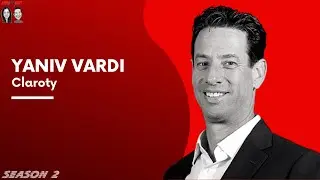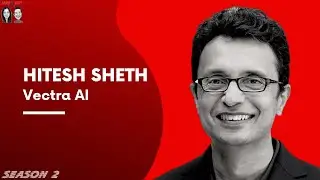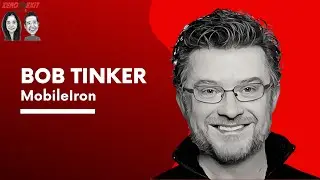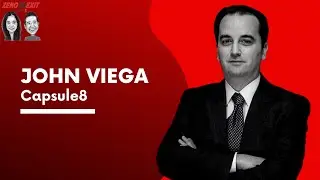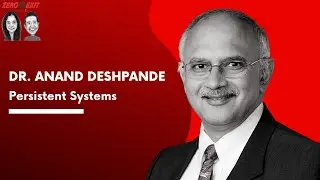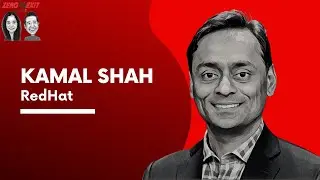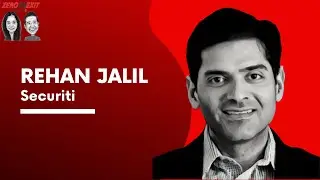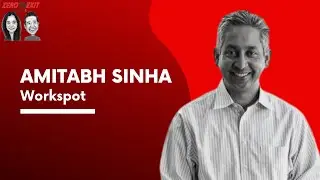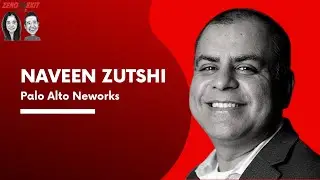Launching into the 2nd Orbit - Your Career, Company & Being Dr Anand Deshpande
Dr Anand Deshpande is the Founder and Chairman of Persistent Systems, a global technology services company headquartered and publicly listed in India. After his graduation from IIT Kharagpur, he did PhD from Indiana university and then joined HP.
When not running Persistent, Dr. Anand is busy mentoring college kids, young entrepreneurs and corporations. He is also involved in nonprofit activities.
If you want to learn about building and growing an Indian public listed company over 30 years, developing careers and how to live a fulfilling life in an hour, you don't want to miss this episode.
This is summarized sections of conversation with Anand on our pod.
0:00 Intro
3:18 Coming back to India and starting Persistent Systems
Dr. Anand credits his coming back to India to an article he read in ET, India which talked about "X plus one syndrome". The article mentioned that the Indians in the US end up saying that they would return to India after accomplishing a particular milestone. However, one milestone turns to another and they eventually do not come back. It was then he decided to not get sucked in the cycle and made the decision to take a chance and move back.
Starting Persistent Systems was an uphill challenge. Right from writing to VP of IT in Govt. for securing an office space in Softwate Technology Park, Pune to securing the first bank loan of Rs. 6 Lacs which took 7 months to the speed of internet and the condition of telephone networks in India.
13:48 The S Curve in business
Anand makes an observation about businesses typically not growing in a straight line. Infact, they go through S Curves. So in the the early days, they start at the lower end of the S and then struggle a bit to get to the higher point. Once they get a little bit of momentum, then they'll see growth coming in for a period of time, which is relatively predictable. But if they want to continue further, even after doing whatever they have done in that 'S', they tend to flatten it out and then have to find the next 'S' and the next one and the next one. So that's how businesses grow.
16:31 First Turning Point for Persistent Systems
17:58 Reasons for success of Persistent over three decades
Anand explains about how it is difficult for small companies or even big companies to survive over an extended period of time. And part of the reason for it is that the companies go through these S-curves. On hitting one of these 'S' Curves they find that they can not grow anymore doing the same things that they have done and at that point they start declining.
The key to survive from the first 'S' to the second, second to third is to keep moving and evolving that includes changing your business model, changing your teams, changing how you work, the processes and the outcome.
He further explains that the reason for survival of Persistent over three decades is the fact that the company did not continue to do the same thing. The teams evolved which was one of the critcal factors.
22:53 Transition of business from the first to the second orbit
The transition from the first to second orbit is oftentimes very hard for the founders as in the first Orbit, the company is very founder driven.
The transition happens when the founders start separting ownership and management. It is when the founders realise it is no more "my company" but "our company" i.e. he/ she is an employee of the company and should take decisions based on what is right for the company and not put limitations due to their own personal growth.
27:00 Visualise to Realise
The basic premise of this workshop is to visualize the final milestone or the end result and then walk back to your current state while identifing and working on the constraints.
Visualise your business to be 10x the current size and then identify the pointers to reach it in terms of market, teams, production etc. This exercise will help the businesses break their assumptions and identify the limitations. The other thing the exercise helps in is broadening the vision for everyone involved as the target for everyone now is a much bigger picture.
35:14 Advice to fresh graduates and mid career professionals
Anand recommends that for the first 10 years, the sole focus of a professional should be to learn different things and to network.
Typically, in the next 10 years they should identify their expertise and gain genuine recognition from others so that at the end of the 20 years instead of banking on the number of years of work experience, they have created a niche for themselves that the world recognises too.
By the early 40's, they are now in a situation where they can evaluate their strengths and can evaluate from that point, how far are they from the corner office and do they need to readjust their career goals.
Anand stresses that the employees should take ownership of their careers instead of depending on the companies.
Editing by - Pod PostPro
Watch video Launching into the 2nd Orbit - Your Career, Company & Being Dr Anand Deshpande online, duration hours minute second in high quality that is uploaded to the channel Zero To Exit 12 January 2022. Share the link to the video on social media so that your subscribers and friends will also watch this video. This video clip has been viewed 359 times and liked it 7 visitors.








